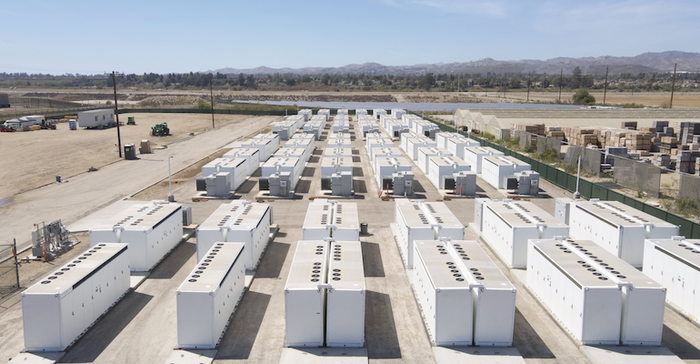7 Exciting Developments in Stationary Energy Storage
Batteries play a pivotal role in the global move from fossil fuels to renewable energy. Here are recent developments in the industry.

The Saticoy Battery Electric Storage System (BESS) can power the entire city of Oxnard, CA for 4 hours or all of Ventura County for 30 minutes.Image courtesy of Arevon
In discussions of renewable energy and its importance in mitigating climate change, the emphasis is primarily—and understandably—on developments in wind and solar. Meanwhile, developments in battery technology are most often talked about in the context of electric vehicles (EVs) and portable consumer electronics. But batteries play an increasingly important role in stationary energy storage that is powered by wind and sun as well as traditional fuels.
Battery's role in stationary storage
Stationary energy storage with batteries is vital in the modern energy landscape for grid stability, integrating renewable energy, and enabling load shifting. It ensures a reliable power supply during peak demand, efficiently stores excess renewable energy, and helps manage energy resources without costly infrastructure upgrades. Additionally, it provides backup power for critical facilities during grid outages, enhances electric grid resilience in emergencies, and reduces transmission costs by strategically placing battery systems. This decentralized approach promotes energy independence and contributes to lowering greenhouse gas emissions, supporting a more sustainable energy future.
Stationary on the move
Developments in stationary energy storage related to battery technology can often get lost in the swirl of news about EVs and the electrification of the auto industry. But even though it’s stationary, it doesn’t stand still. For that reason, here are seven recent exciting battery-related developments in stationary energy storage.
About the Author(s)
You May Also Like





